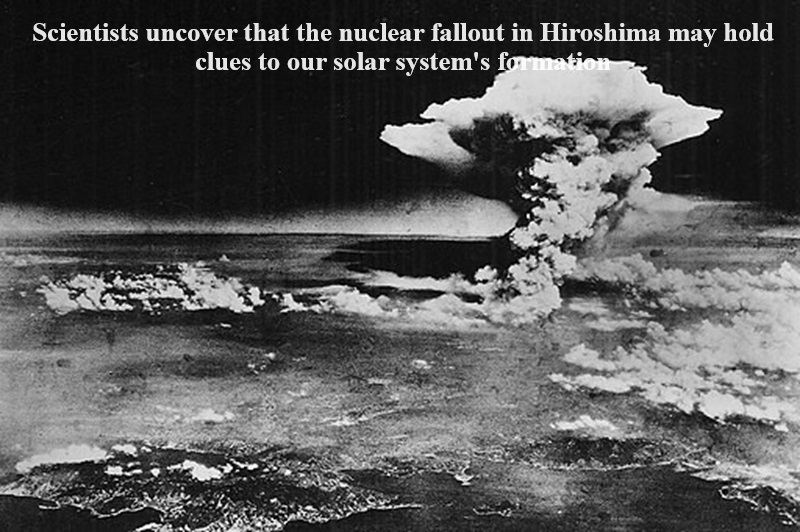
The atomic bombing of Hiroshima, Japan by the United States in August 1945 marked a pivotal moment in human history. While the catastrophic effects of the explosion are extensively documented, scientists have recently unearthed an intriguing connection between the nuclear fallout and the formation of our solar system. More than 75 years following the nuclear detonation, researchers examining the fallout residue, manifested in the form of glassy spheres scattered along the shores of Motoujina, a small island in Hiroshima Bay, have proposed a groundbreaking hypothesis. Significantly, the samples under scrutiny were initially gathered from the bay area by retired geologist Mario Wannier and his team in 2015.
Astrochemist Nathan Asset from Paris Cité University and his associates, scrutinizing these glassy spheres, have revealed that they originated from the concrete and steel components of Hiroshima’s structures, which were incinerated in the intense heat of the blast before solidifying and descending back to the Earth’s surface as glass-like beads. Through meticulous chemical and isotopic analysis, scientists have discerned striking similarities between these beads and primitive meteorites known as chondrites, which emerged from interstellar dust and nebular gas during the nascent stages of the solar system.
“The formation of the Hiroshima glasses by condensation implies that they may be an analog to the first condensates in the Solar System,” elucidated the study. This revelation underscores the potential of the fallout debris from the Hiroshima atomic bombing to serve as a valuable tool for unraveling the mysteries surrounding the early formation of our solar system. By drawing parallels between the composition of the glassy spheres and primitive meteorites, scientists have unveiled an unexpected connection that sheds new light on the cosmic processes that shaped our celestial neighborhood billions of years ago.

Post Your Comments